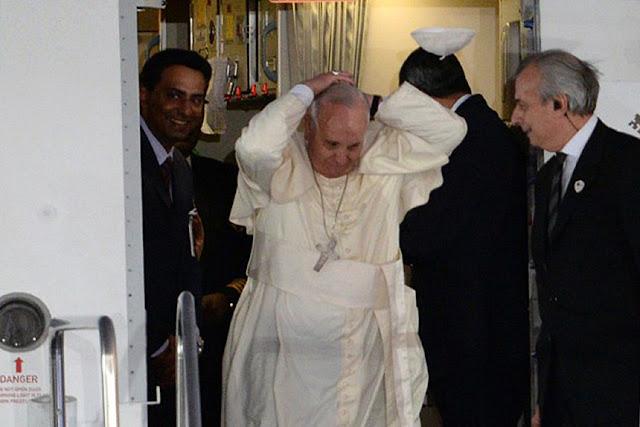Back to Main Page
Look at him just grab onto his teeth

















Capturing the best moment often takes a lot of patience as a photographer must wait for the opportune time to snap a photo











































 |
| These are costumes from central Russia… |
 |
| Russian folk costume XVIII the first quarter of the XX century in the collection of the Saratov Regional Museum of Local History : Illustrated catalog PDf. |
 |
| BOYARSKY costume set (Ensemble Barynya musicians) |
 |
| Russian fashion designers are up to and whether they were drawing inspiration from their national costumes |
 |
| Russian Fashion -Wonderful silhouette lavish, colorful flowers and the cultural wealth of our Eastern neighbors were breathtaking. |
 |
| Attractive women in traditional russian clothes relaxing at nature background Ivan Kupala Holiday Celebration |
 |
Russian folk costume
|
 |
| Russian traditional outfits are enriched with splendid arrangements and decorative motifs. |